We take a closer look at the Winchester 94 lever-action, the most iconic American hunting rifle ever made.
In some hunting circles, it was once considered a rite of passage to be able to silently cock back the hammer of a lever-action rifle. More often than not, it was the hammer of a Winchester Model 1894, more commonly known as the Winchester 94.
With over 7.5 million made since the model’s introduction in 1894 the Winchester 94 is easily the most popular deer rifle ever produced, and there was a time when almost every American hunter had one in his gun rack, safe or hanging from the window of his truck. Compared to shotguns and bolt-actions, lever-action rifles aren’t as popular with hunters as they once were, but the Winchester Model 94 remains in production to this day and still holds the title of the single most iconic American hunting rifle of all time.
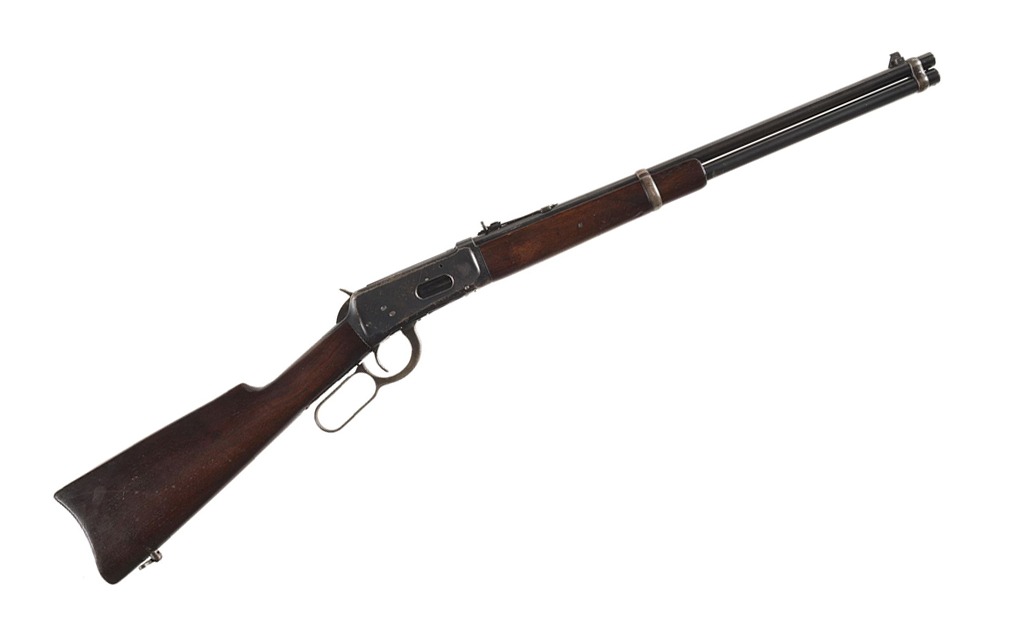
Winchester 94 .30-30 Carbine Specs
Cartridge: .30-30 Winchester
Action: Lever-action
Capacity: 7+1
Barrel Length: 20 inches
Weight: 6.8 pounds
Overall Length: 37.8 inches
Sights: Rear notch and front post
John Browning Perfects The Lever Action
Like so many other historically significant firearms from the period, the story of the Winchester Model 94 starts with John Browning.
The original Winchester 94, chambered for .32-40 Winchester and .38-55 Winchester, was designed to handle the pressures generated by these black powder cartridges. Following the recent introduction of smokeless powder, Winchester wanted to offer the rifle in a smokeless cartridge. In turn, .30-30 Winchester (aka .30 Winchester Center Fire. or 30 WCF) cartridge was developed alongside a new beefed-up Winchester 94 to shoot it in 1895.
The advantages of smokeless powder cartridges range from improved ballistics to less fouling, but it also means higher pressures, so a stronger type of steel was required for the rifle to handle the .30-30 cartridge.
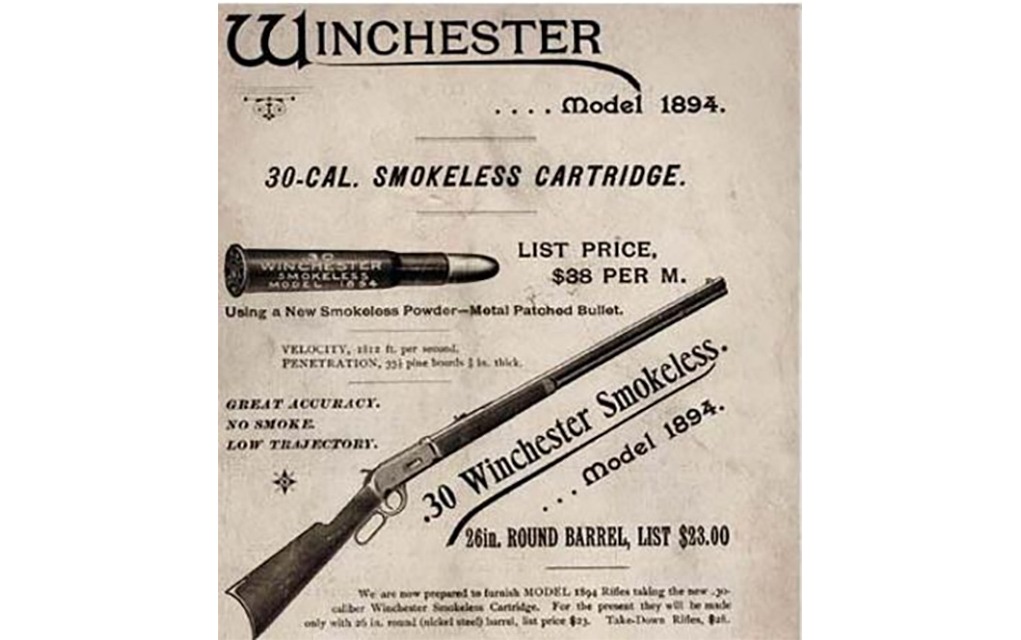

Before Browning’s 1886 and 1892 designs, lever-action rifles had not evolved that much from the Henry Model 1860, the first commercially successful lever-action rifle. The Henry, as well as the Winchester Model 1866 and Model 1873, used a double toggle system that was smooth to operate but not strong enough to handle large, powerful black powder cartridges.
Browning fixed that with the Winchester Model 1886, chambered for some of the most powerful black powder cartridges of its time. In the early 1890s, Browning developed the Winchester Model 1892, a smaller-scale rifle that fired pistol cartridges. Cowboys and other shooters of the day liked the idea that their rifles and pistols could share ammunition.
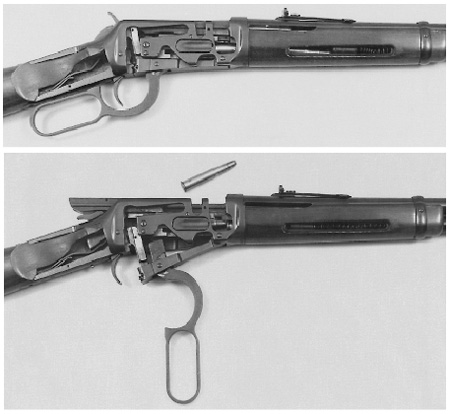

Besides stronger steel, it was one of Browning’s innovations that set the new Model 1894 apart from these previous lever-action designs. The Winchester 94 used a single locking bar rather than two locking lugs like the Model 1886 and Model 1892.
The single lug of the 94 locks the bolt in place on both sides of the receiver, so it was not only strong enough for large black powder cartridges but for new smokeless powder cartridges as well. The locking bar also housed the transfer bar for the firing pin which simplified the safety system in the bolt compared to previous models.
The Model ’94 also incorporated a new safety in the form of a pin that protruded from the bottom receiver tang. This pin blocks the trigger as the lever is cycled, meaning that the lever needs to be fully closed against the pin for the rifle to be fired.
Winchester Model 94 In .30-30
What truly cinched the Winchester 94’s place in history was the version chambered for .30-30 Winchester. As the first successful smokeless powder cartridge on the U.S. hunting market, .30-30 offered an excellent balance of power and mild recoil in a lightweight, easily maneuverable rifle.
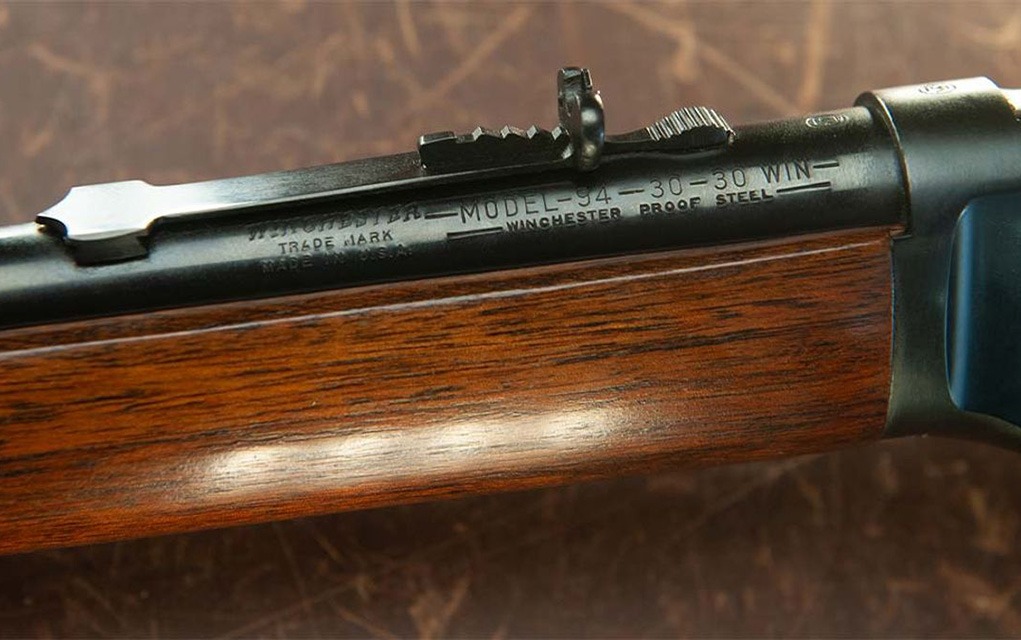

It proved the perfect companion for hunters—ideally suited for deer and medium-sized game but versatile enough to take smaller and larger animals. I suspect nearly every North American game species has been hunted with a Model 94 in .30-30 at some point, including elk, caribou, and bear. This is why the .30-30 Winchester 94 became the most iconic variant of the rifle and why the vast majority sold over the years were chambered for this cartridge. It was an unbeatable combination.
Evolution Of The Winchester 94
There were some major design changes made to the Model 94 over the years, and Winchester collectors today generally divide the rifle’s production into three main eras.
The first spans from the introduction of the 94 through 1963, and rifles built during this period are the most valuable to collectors. The second era goes from 1964 through 2006. Rifles manufactured during this period use sintered steel for the receiver and stamped steel rather than machined parts for certain components. This reduced manufacturing costs, but many Winchester fans felt that these updates eroded the quality of the rifles. Understandable, but the reality is that none of these changes negatively impacted performance, although the new receiver material did result in some very ugly bluing.
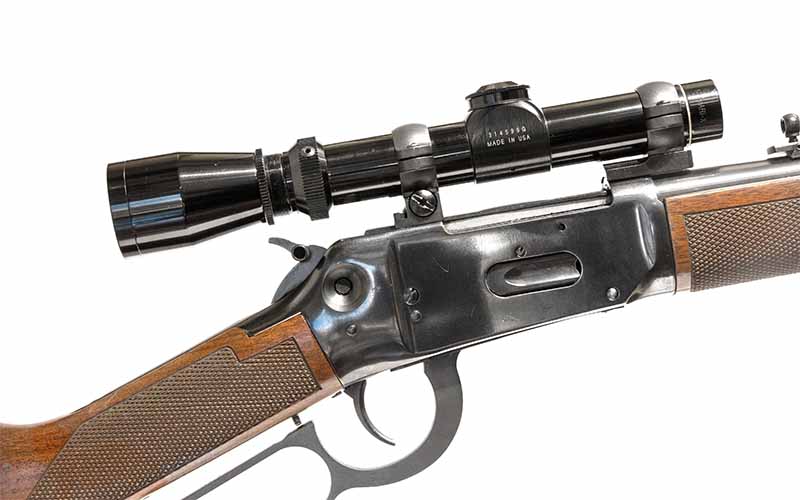

Another change that Winchester made during this time frame was to the ejection system, altering it to toss empty brass out at an angle instead of straight out of the top of the receiver. This change in 1982 was an effort to make the Winchester 94 more functional for hunters who were now regularly using scopes.
As optics came into wider use for hunting after WWII, the Model 94 was hamstrung. Since cartridge cases ejected out of the top of the receiver, the only options for mounting a scope were on the side of the receiver or further forward scout rifle style. Neither method was ideal, but the angle-eject (AE) Model 94s resolved the issue.
This period also saw the introduction of the Model 94 Big Bore series, variants that upped the power with chambering options like .307 Win., .356 Win., .375 Win., .444 Marlin and .450 Marlin. However, these large-bore calibers did not have the long-range capabilities that hunters desired and most weren’t available for very long.
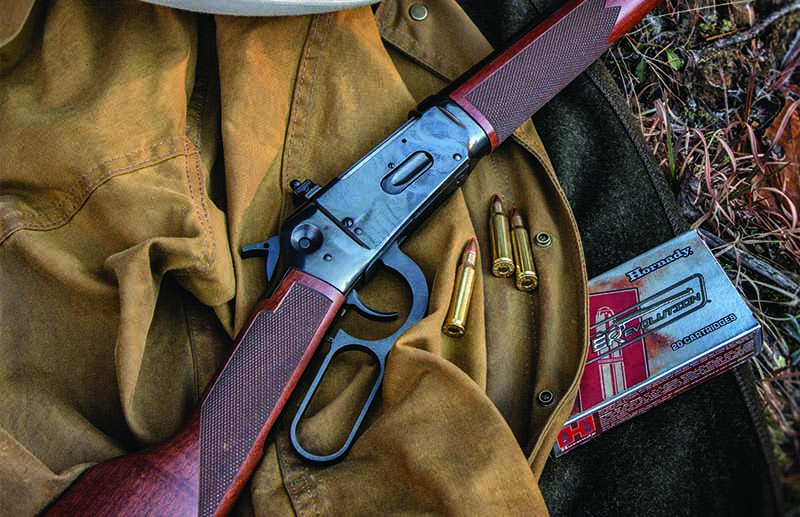

The final era of the Winchester 94 began around 1992 following the bankruptcy of the U.S. Repeating Arms Company (the then-current iteration of Winchester) and its acquisition by FN Herstal. One positive of this was that FN modernized production of the rifle through the use of CNC machines, but one change that was widely viewed as negative was the addition of a cross-bolt safety which was deemed ugly and unnecessary by shooters.
Thankfully, the new safety was eventually moved to the tang to not disrupt the lines of the gun. New-production Winchester 94 rifles all still feature the tang safety, but the guns haven’t been produced in the United States since 2006. Following their reintroduction in 2010, all Model 94s have been made by Miroku in Japan.
Legacy Of The Winchester 94
While the Winchester Model 1894 may have arrived too late to play as major of a role in the Old West as other Winchester lever-action rifles did, it made up for it by establishing a reputation in hunting camps as a deer-getter. The Winchester allowed generations of hunters to hang meat on the game pole and fill freezers from Alaska to New England and everywhere in between.
Outside of hunting, the Winchester 94 also saw some limited military use in both WWI and WWII. The Americans, British, Canadians and French all issued the rifle in some capacity during these conflicts, but mostly to rear-echelon troops such as ship guards, couriers and coastal defense militias. If one was ever fired in anger during these wars is hard to say, but they surely didn’t see enough action to be remembered as military rifles.
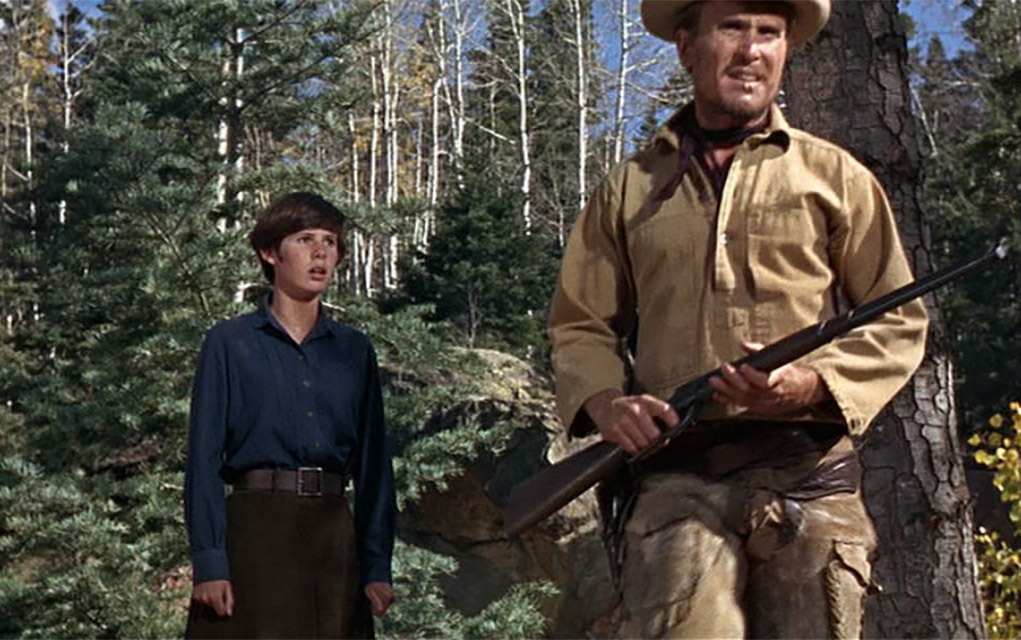

It’s also worth mentioning that while the Model 1894 didn’t see much actual use by Old West gunslingers in the real world, it did see its fair share of action on the silver screen. Its inclusion is often an anachronism, but plenty of old cowboy movies and shows feature the Winchester 94 even if the plot is set before the gun’s advent in 1894.
Owning A Winchester 94 Today
Even if they’re no longer made in the U.S., it’s nice that you can still buy new-production, Winchester-marked Model 1894 rifles today. Currently available models include the Model 94 Carbine and Model 94 Short Rifle (both with 20-inch barrels but different styles of buttstock), the Model 94 Sporter and Model 94 Deluxe Sporting (both with 24-inch barrels) and the Model 94 Trails End Takedown model (also with a 20-inch barrel). All five variants are available in either the classic .30-30 Winchester chambering or in .38-55 Winchester, but the Short Rifle and Takedown models are offered in .450 Marlin as well.
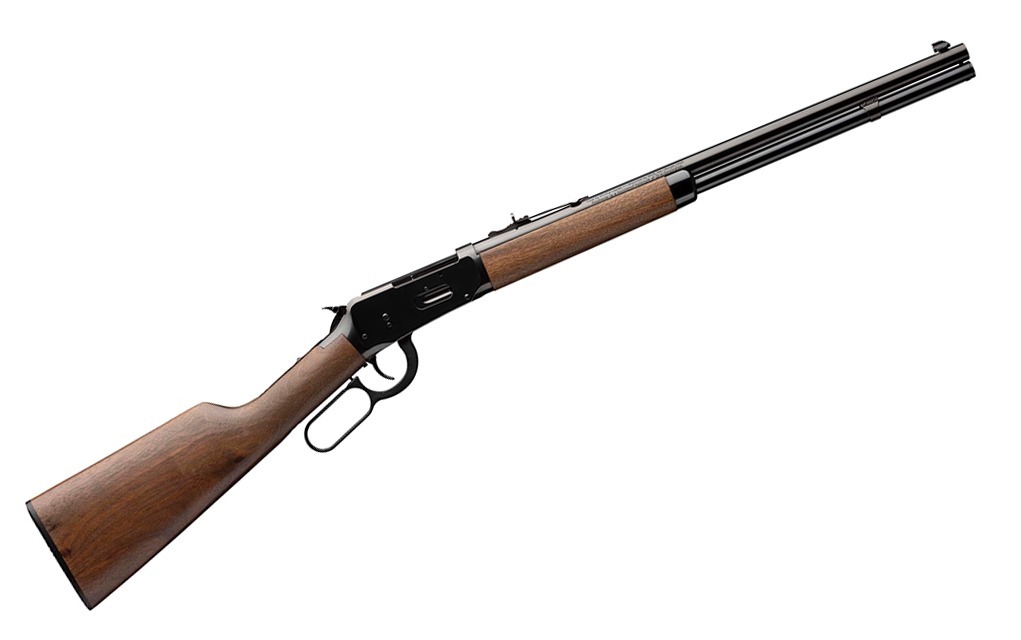

MSRPs for the new production Winchesters start at just over $1,300 for the most basic configuration but go up to over $2,200 for the Deluxe Sporting model that has features like a case-hardened receiver.
With so many millions of Model 94s made over the years, if you want an original American-made gun, you shouldn’t have too much trouble tracking a used one down either. Examples made before 1964 are the most highly sought after by collectors and will demand the highest price, but you can still find shooters in decent shape for around the same price (or even less) as a new-production Winchester 94 Carbine.
If you’re able to inspect a used rifle before putting money down (and you know what you’re doing), you might get a good deal this way, but if not you’re probably better off getting a new production gun. If you’re willing to settle for one made after 1964, prices also become even more reasonable.


You’re even more in luck if you don’t care about who made the gun, as companies like Uberti in Italy produce some great Winchester 94 clones as well. While the clones are nice, they unfortunately cost about the same as a new Winchester, so the choice really comes down to details and your preference. Historical purists will likely lean toward the Italian-made ones (or first-generation used Winchesters) since they lack the updated features like the manual safety or angle-eject.
Parting Shot
Any way you slice it, the Winchester Model 1894 is one of the most iconic American firearms ever produced. It has an earned reputation of being an extremely effective hunting rifle, the same timeless good looks as the Old West lever-actions that came before it and they’re still making them today. Not even including clones from other companies, over 7.5 million ‘94s have been made and that number only keeps rising.
Like the 1911 or the AK, the Model ‘94 seems to be a gun that’s just not going to go away any time soon, and one that will likely continue to see some degree of use as long as humans are around and have things to shoot at. Whether you’re looking for a functional, versatile lever gun for hunting or just appreciate the history, few other guns deserve a spot in your gun safe more than a Winchester 94.
Model 1894 Deals
| Guns.com | Starting at $650.99 |   |
| Palmetto State Armory | $1,304.99 |   |
More On Lever-Action Rifles:


Next Step: Get your FREE Printable Target Pack
Enhance your shooting precision with our 62 MOA Targets, perfect for rifles and handguns. Crafted in collaboration with Storm Tactical for accuracy and versatility.
Subscribe to the Gun Digest email newsletter and get your downloadable target pack sent straight to your inbox. Stay updated with the latest firearms info in the industry.
Read the full article here





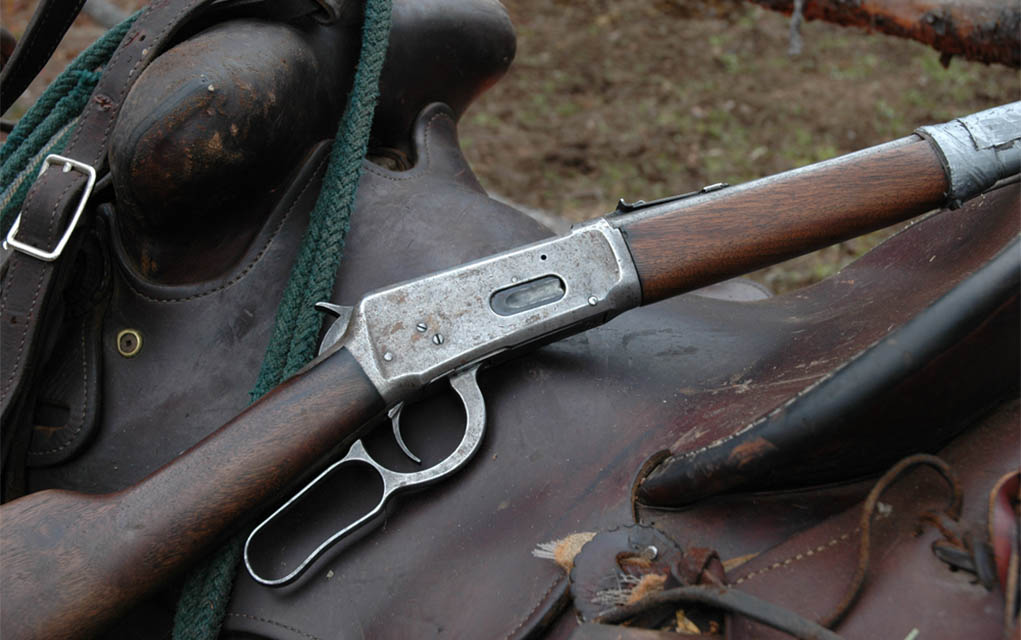


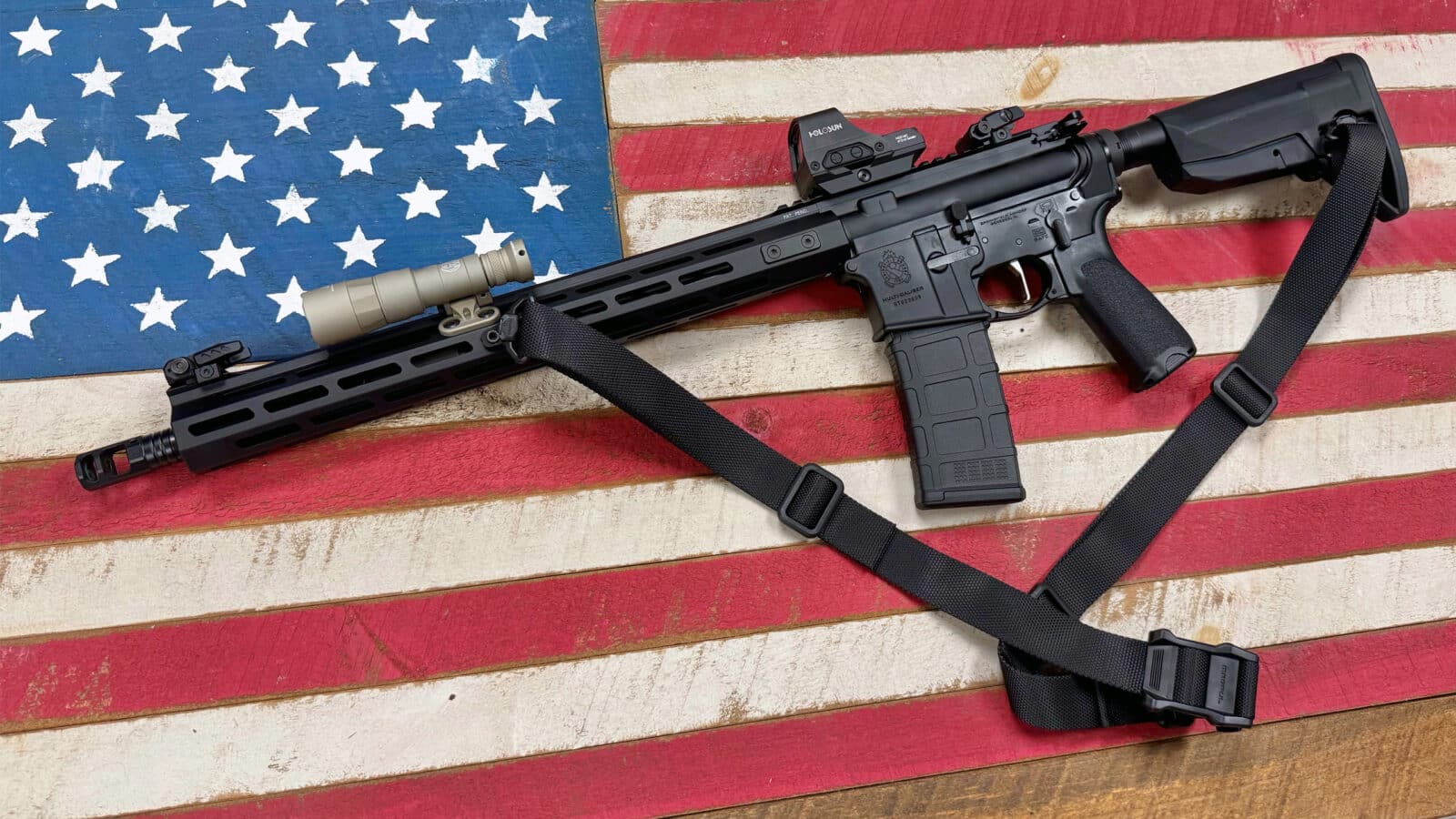





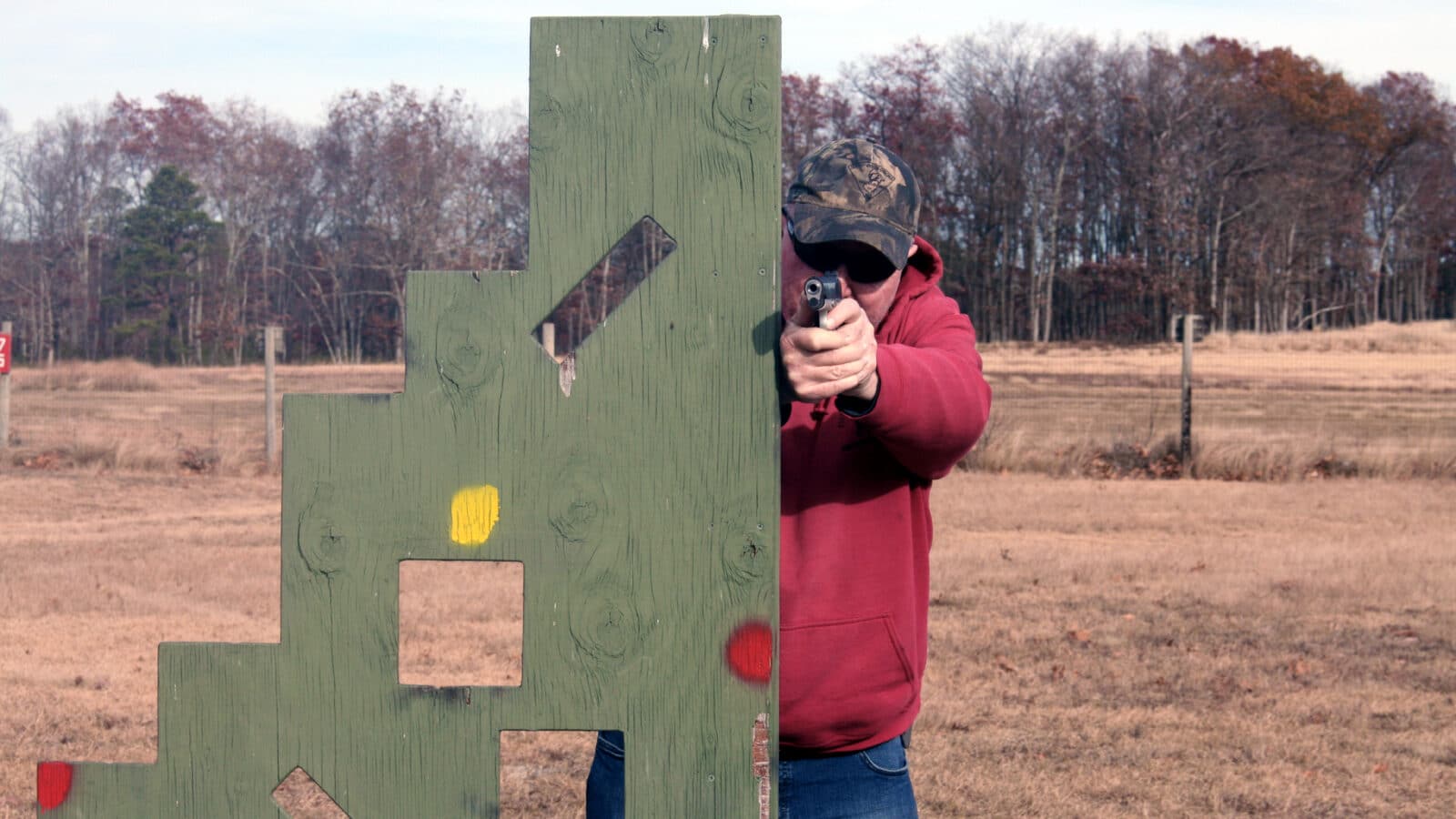



Leave a Reply